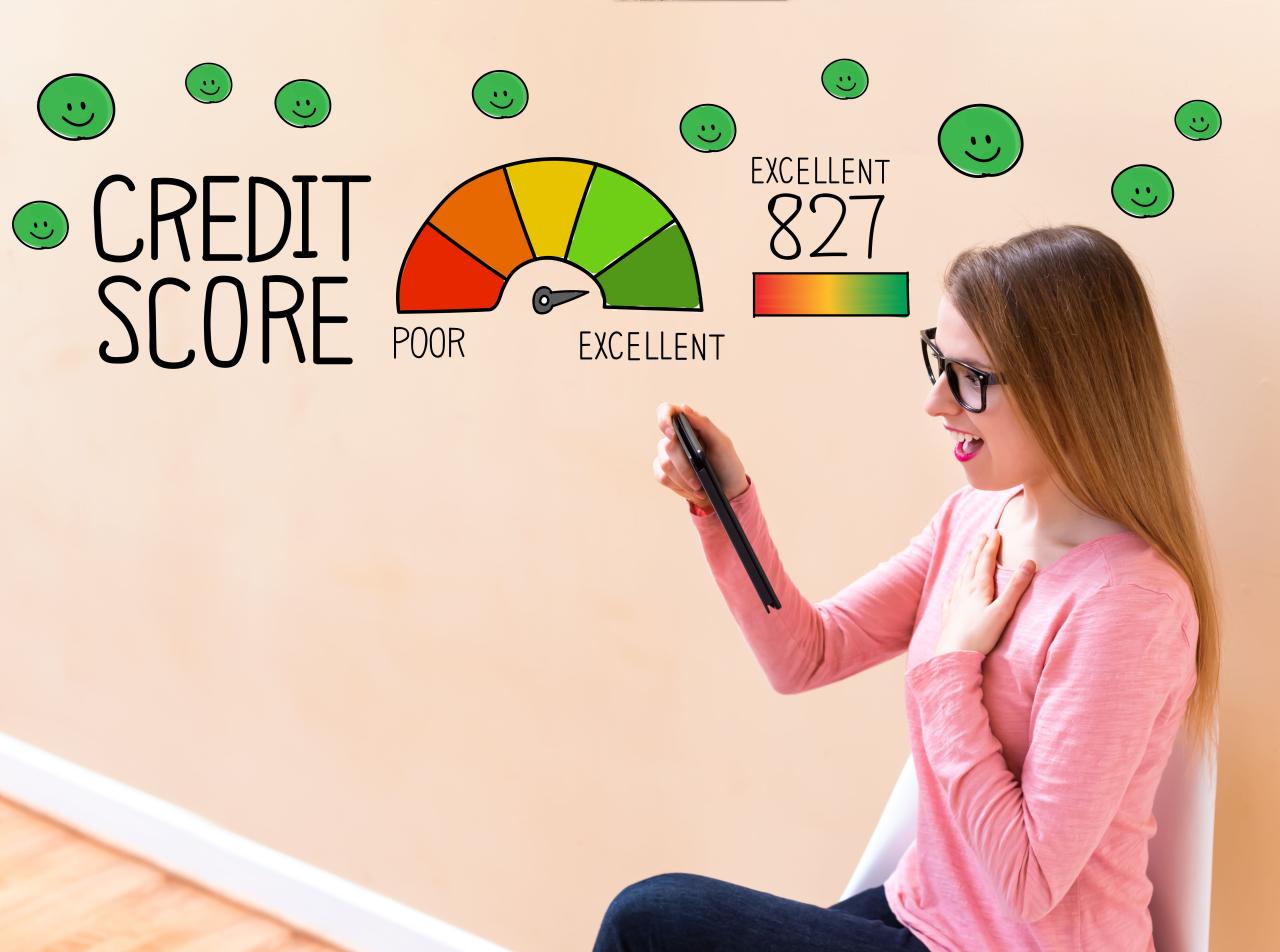The Foundation of Effective Savings

Before diving into specific hacks, it’s essential to lay a solid foundation for your savings journey. Without a clear understanding of your financial landscape, even the best strategies can fall short.
A. Define Your Financial Goals
Saving without a purpose is like driving without a destination. Clearly defined financial goals provide motivation and direction.
A. Short-Term Goals: These are typically achievable within one to three years, such as building an emergency fund, saving for a down payment on a car, or funding a vacation. Setting clear, quantifiable targets (e.g., “$10,000 for an emergency fund by December next year”) makes them more attainable.
B. Mid-Term Goals: These might take three to ten years to reach, including saving for a house down payment, funding a child’s education, or making a significant home renovation. These often require a more structured savings plan and possibly some investment.
C. Long-Term Goals: Spanning over ten years, these commonly include retirement planning, significant wealth accumulation, or leaving an inheritance. Long-term goals heavily benefit from the power of compound interest and early, consistent contributions.
D. Goal Prioritization: Once you have a list of goals, prioritize them. Which goals are most important? Which are time-sensitive? This helps in allocating your savings effectively and avoiding feeling overwhelmed.
B. Create a Realistic Budget
A budget is not about restricting yourself; it’s about gaining control and understanding where your money goes.
A. Track Your Spending: For at least a month, meticulously record every dollar you spend. Use apps, spreadsheets, or even a pen and paper. This step is critical for identifying areas where you can cut back. Many people are surprised by how much they spend on discretionary items like dining out or subscriptions.
B. Categorize Expenses: Group your spending into categories such as housing, transportation, food, entertainment, and debt payments. This provides a clear picture of your financial outflows.
C. Distinguish Needs vs. Wants: Ruthlessly categorize your expenses into “needs” (rent, groceries, utilities) and “wants” (dining out, entertainment, designer clothes). This distinction is vital for identifying areas where you can trim.
D. Choose a Budgeting Method:
A. The 50/30/20 Rule: Allocate 50% of your income to needs, 30% to wants, and 20% to savings and debt repayment. This is a simple yet effective framework for many.
B. Zero-Based Budgeting: Assign every dollar of your income to a specific expense or savings category, ensuring your income minus your expenses equals zero. This method provides maximum control.
C. Envelope System: Physically allocate cash into envelopes for different spending categories. Once an envelope is empty, you stop spending in that category until the next pay period. Ideal for those who struggle with overspending on specific items.
E. Regular Review: A budget isn’t a one-time setup. Review and adjust it regularly (monthly or quarterly) to reflect changes in income, expenses, or financial goals.
C. Understand Your Cash Flow
Knowing precisely how much money comes in and goes out each month is fundamental to building savings. This includes not just your salary but any other income sources like freelance work, dividends, or rental income. Similarly, account for all expenses, both fixed (rent, loan payments) and variable (groceries, entertainment). A clear cash flow statement helps identify surpluses that can be directed towards savings or deficits that need addressing.
Practical Savings Hacks
With a solid foundation, you can implement specific strategies to accelerate your savings. These are actionable steps that can make a tangible difference.
A. Automate Your Savings
This is arguably the most powerful savings hack. “Set it and forget it” ensures consistency and removes the temptation to spend money before it reaches your savings account.
A. Direct Deposit Allocation: Instruct your employer to directly deposit a portion of your paycheck into a separate savings account. Many employers offer this option.
B. Automatic Transfers: Set up recurring automatic transfers from your checking account to your savings account on payday. Even small, consistent transfers add up significantly over time.
C. Round-Up Programs: Many banks and fintech apps offer “round-up” features where every purchase made with your debit card is rounded up to the nearest dollar, and the difference is transferred to your savings. This is a painless way to save small amounts without noticing.
B. Cut Discretionary Spending Smartly
This doesn’t mean depriving yourself entirely, but rather making conscious choices.
A. Dining Out Less: Eating at home is almost always cheaper than dining out. Even reducing restaurant meals by one or two times a week can save hundreds of thousands to millions of Rupiah monthly.
B. Review Subscriptions: Audit all your recurring subscriptions (streaming services, gym memberships, apps). Cancel those you rarely use or consolidate services. You might be surprised how many you’ve forgotten about.
C. Coffee Shop Habits: The daily coffee habit can be a significant drain. Consider making coffee at home or reducing your visits to expensive cafes.
D. Impulse Buy Prevention: Create a “24-hour rule” for non-essential purchases. If you want something, wait 24 hours before buying it. Often, the urge passes. Unsubscribe from marketing emails that trigger impulse spending.
E. Entertainment Alternatives: Explore free or low-cost entertainment options like public parks, libraries, free community events, or hosting potlucks instead of expensive nights out.
C. Optimize Major Expenses
While fixed expenses are harder to change, there are still opportunities for optimization.
A. Negotiate Bills: Call your internet, cable, and even insurance providers periodically to inquire about lower rates or new promotions. Loyalty doesn’t always pay; asking often does.
B. Lower Housing Costs: If possible, consider downsizing, finding a roommate, or exploring more affordable neighborhoods when your lease is up. Housing is often the largest expense, so small changes here yield significant savings.
C. Reduce Transportation Costs: Carpool, use public transportation, walk, or bike more often. If you own a car, consider fuel-efficient driving habits and regular maintenance to avoid costly repairs.
D. Smart Grocery Shopping
Food is a recurring expense where significant savings can be found.
A. Meal Planning: Plan your meals for the week before you shop. This reduces impulse buys and ensures you only buy what you need.
B. Shop with a List: Stick to your list rigidly. Avoid wandering through aisles that contain tempting, non-essential items.
C. Buy in Bulk (Wisely): For non-perishable items you use frequently, buying in bulk can save money. Ensure you have storage space and will actually consume the items before they expire.
D. Cook at Home: Preparing meals from scratch is almost always cheaper and often healthier than buying pre-made meals or eating out.
E. Utilize Sales and Coupons: Pay attention to weekly flyers and digital coupons. Stock up on non-perishable staples when they are on sale.
E. Take Advantage of Windfalls
A windfall is an unexpected sum of money. How you handle it can significantly boost your savings.
A. Bonus or Tax Refund: Instead of spending a bonus or tax refund immediately, direct a significant portion (or all) of it into savings or debt repayment.
B. Gifts: If you receive monetary gifts, consider saving them rather than spending them on immediate gratification.
C. Salary Increase: When you get a raise, commit to saving at least half (or more) of the additional income. This is a painless way to boost savings without impacting your current lifestyle.
Smart Growth Strategies

Once you have a consistent savings habit, the next step is to make your money grow. This involves smart investment choices.
A. Build and Maintain an Emergency Fund
Before any other investment, prioritize an emergency fund. This is typically three to six months’ worth of essential living expenses, held in an easily accessible, liquid account (like a high-yield savings account).
A. Purpose: This fund acts as a financial safety net for unexpected events like job loss, medical emergencies, or unforeseen home repairs, preventing you from going into debt or derailing your long-term financial goals.
B. High-Yield Savings Accounts: While not providing massive returns, these accounts offer better interest rates than traditional savings accounts, ensuring your emergency fund isn’t losing value to inflation.
B. Understand Compound Interest
Compound interest is often called the “eighth wonder of the world.” It’s the interest you earn on your initial principal plus the accumulated interest from previous periods.
A. Start Early: The earlier you start saving and investing, the more time your money has to compound, leading to significantly larger sums over the long term.
B. Consistent Contributions: Regular contributions, even small ones, amplify the effects of compounding.
C. Reinvest Earnings: Reinvesting dividends and interest back into your investments allows them to compound further, accelerating your growth.
C. Explore Investment Vehicles
Once your emergency fund is secure, consider various investment options based on your risk tolerance and financial goals.
A. Retirement Accounts:
A. 401(k) / Employer-Sponsored Plans: If available through your employer, contribute enough to at least get the full employer match – this is essentially free money. Contributions are often pre-tax, reducing your current taxable income.
B. IRA (Individual Retirement Account):
A. Traditional IRA: Contributions may be tax-deductible, and taxes are paid upon withdrawal in retirement.
B. Roth IRA: Contributions are made with after-tax money, but qualified withdrawals in retirement are tax-free. Ideal if you expect to be in a higher tax bracket in retirement.
B. Index Funds and ETFs (Exchange-Traded Funds):
A. Diversification: These funds hold a basket of stocks or bonds, providing instant diversification and reducing individual stock risk.
B. Low Fees: Generally have much lower expense ratios compared to actively managed mutual funds, which means more of your money works for you.
C. Ease of Use: Ideal for beginners as they track a market index (like the S&P 500) and require less active management.
C. Robo-Advisors: As discussed in the previous article, these platforms use AI to manage diversified portfolios at low costs, making investing accessible and automated for many. They tailor portfolios based on your risk tolerance and goals.
D. Brokerage Accounts: For more control over individual stock, bond, or fund selections, a traditional brokerage account offers flexibility. However, this requires more research and understanding of market dynamics.
E. Real Estate: Investing in real estate, either directly or through Real Estate Investment Trusts (REITs), can offer potential for capital appreciation and rental income, though it often requires significant capital and carries unique risks.
D. Understand Risk Tolerance
Your risk tolerance dictates the type of investments suitable for you.
A. Conservative: Prefers lower risk, often opting for bonds, money market funds, and high-yield savings accounts. Accepts lower returns for greater stability.
B. Moderate: Willing to take on some risk for potentially higher returns, often balancing stocks and bonds.
C. Aggressive: Comfortable with higher risk for the potential of significant returns, often heavily weighted in stocks and growth-oriented investments.
Understanding your tolerance prevents panic selling during market downturns and ensures your investment strategy aligns with your comfort level.
E. Regularly Review and Rebalance Your Portfolio
Your investment portfolio needs periodic attention.
A. Annual Review: At least once a year, review your portfolio’s performance against your goals. Assess if your risk tolerance has changed.
B. Rebalancing: Over time, some assets in your portfolio may grow faster than others, throwing off your desired asset allocation. Rebalancing involves selling off some of the overperforming assets and buying more of the underperforming ones to bring your portfolio back to its target allocation. This helps manage risk and ensure you’re not overly exposed to any single asset class.
Leveraging Technology for Savings and Growth
Technology has made saving and investing more accessible and efficient than ever before.
A. Budgeting Apps
Modern budgeting apps offer powerful features to help you track spending, set budgets, and achieve goals.
A. Automated Tracking: Many apps link directly to your bank accounts and credit cards, automatically categorizing transactions.
B. Goal Setting & Monitoring: Visually track progress towards your savings goals.
C. Alerts & Notifications: Receive alerts for approaching budget limits or upcoming bills.
D. Examples: YNAB (You Need A Budget), Mint, Personal Capital, EveryDollar.
B. Investment Apps
Mobile-first investment apps have democratized access to investing.
A. Micro-Investing: Apps like Stash or Acorns allow you to invest small amounts, often by rounding up spare change from purchases.
B. Commission-Free Trading: Many platforms now offer commission-free trading for stocks, ETFs, and cryptocurrencies, reducing barriers to entry.
C. Robo-Advisors: As mentioned, these platforms automate portfolio management, ideal for hands-off investors.
D. Fractional Shares: Some apps allow you to buy fractions of expensive stocks, making it possible to invest in high-value companies with smaller amounts of capital.
C. Price Comparison Tools and Browser Extensions
Before making a purchase, leverage technology to find the best deals.
A. Price Comparison Websites: Use sites like Google Shopping or Pricegrabber to compare prices across different retailers.
B. Browser Extensions: Extensions like Honey or Rakuten automatically find and apply coupon codes at checkout or offer cashback rewards.
C. Cashback Apps/Websites: Apps and websites that offer cashback on everyday purchases can add up to significant savings over time.
Psychological Hacks for Better Savings
Saving is as much about behavior and psychology as it is about numbers. Understanding these hacks can help overcome common pitfalls.
A. Pay Yourself First
This is a mindset shift: consider your savings contribution as a non-negotiable expense, just like rent or utilities, paid immediately upon receiving your income. By doing this, you prioritize your financial future before any discretionary spending. This is where automation (mentioned above) becomes incredibly powerful.
B. The “Why” Behind Your Savings
Constantly remind yourself of your financial goals. Visualize your future dream home, your debt-free life, or your comfortable retirement. This emotional connection provides powerful motivation during times of temptation. Keep pictures or notes of your goals visible.
C. Gamify Your Savings
Turn saving into a game to make it more engaging.
A. Savings Challenges: Participate in or create your own savings challenges (e.g., save $5 every time you avoid eating out, or complete a “no-spend” week).
B. Reward Milestones: Set small, non-financial rewards for reaching savings milestones (e.g., treating yourself to a coffee when you hit your first $1,000 in savings).
D. Avoid Lifestyle Creep
As your income increases, resist the urge to immediately upgrade your lifestyle proportionally. This phenomenon, known as lifestyle creep, can erode your ability to save. Instead, save a significant portion of any pay raises or bonuses. Allow your savings rate to grow faster than your spending.
E. Practice Delayed Gratification
The ability to resist immediate rewards for greater long-term benefits is a hallmark of successful savers.
A. Think Long-Term: Before making an impulse purchase, consider its impact on your long-term goals. Is this item truly worth delaying your financial freedom?
B. “Future Self” Connection: Imagine your future self thanking you for the disciplined choices you are making today.
Conclusion
The journey to financial freedom is a marathon, not a sprint. It requires discipline, patience, and a willingness to adapt. By implementing these savings hacks and smart growth strategies, you can transform your relationship with money, moving from a cycle of spending to one of consistent saving and intelligent investing. Remember that every small step contributes to significant long-term gains. Start today, be consistent, stay informed, and watch your wealth grow, securing a more prosperous future for yourself and your loved ones. The power to build lasting wealth is within your grasp; it just requires smart choices and unwavering commitment.













